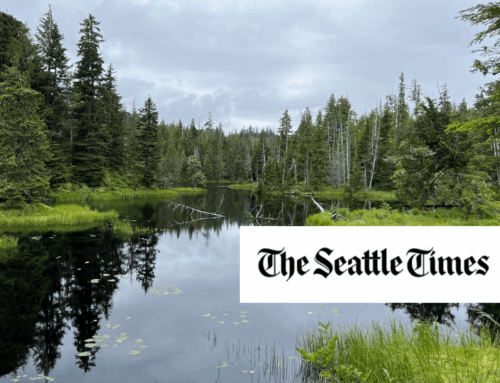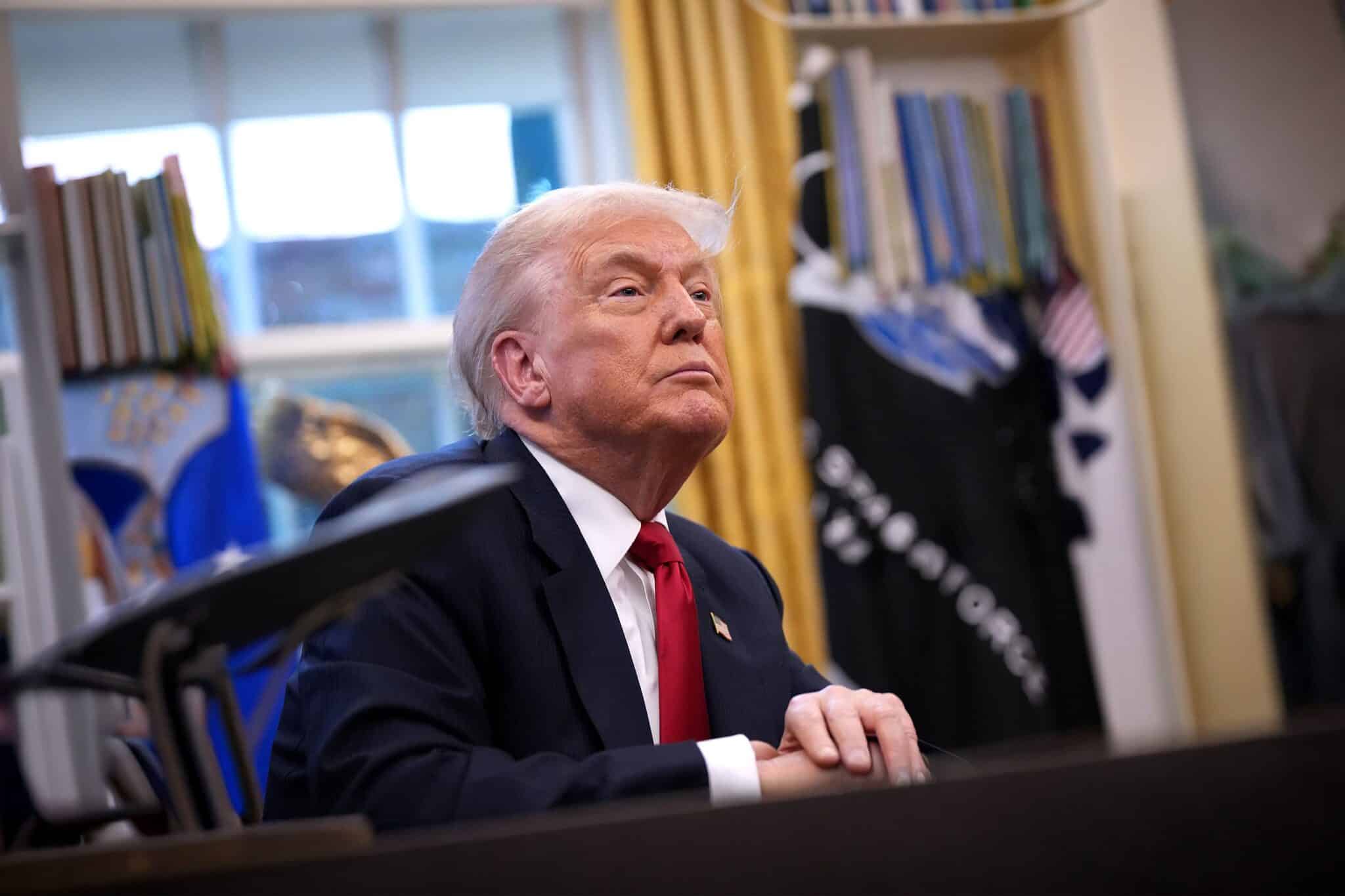Click here to view this document in PDF format.
When companies drill for oil and gas, some natural gas – which is mostly methane – is released into the atmosphere through venting and flaring, and leaks. In this way, operators waste a substantial amount of taxpayer-owned methane every year during oil and gas production on federal lands. Yet operators have historically only paid royalties on a fraction of wasted methane, costing taxpayers hundreds of millions of dollars in lost royalty revenue.
Federal Oil & Gas Program Background
The Department of the Interior (DOI) manages oil and gas development on federal lands and sets guidance for methane waste through the Bureau of Land Management (BLM). When companies lease federal land for oil and gas production, they agree to pay DOI a portion of the value of the oil and gas they sell, known as a “royalty,” which is currently set at 12.5 percent for onshore gas. DOI collects royalties from oil and gas production through the Office of Natural Resources Revenue (ONRR) according to BLM rules that specify when royalties are charged. Current BLM rules allow producers to vent, flare, and leak large amounts of methane without paying a royalty to federal taxpayers, the owner of the resource.
A Ballooning Problem
The oil and gas industry’s adoption of hydraulic fracturing, and horizontal drilling technologies led to a boom in U.S. oil and gas production over the last decade. On federal lands, oil production nearly doubled between 2008 and 2017. During this period, producers in pursuit of oil often intentionally burned (flared) or released (vented) into the atmosphere any gas that bubbled to the surface rather than capture it. In a 2011 report, the Government Accountability Office (GAO) concluded “… about 40 percent of natural gas estimated to be vented and flared on federal onshore leases could be economically captured with currently available control technologies.”
In response to the spike in venting and flaring, BLM state and regional offices struggled to apply royalty rules written in 1979 – decades before fracking existed – and avoided charging oil and gas companies for the vast majority of methane waste. Gas losses proliferated and the lost royalty revenue quickly added up.
- From 2008 to 2017, oil and gas producers reported losing 215.5 billion cubic feet (bcf) of natural gas, worth an estimated $890 million.
- In those years, ONRR reported collecting just $21 million in royalties from less than 50 bcf of gas.
Tackling Methane Waste
In 2016, after years of collecting data and stakeholder input, the BLM finalized a new set of standards designed to reign in the excessive waste of methane. In 2017, under the direction of then DOI Secretary Ryan Zinke, the BLM reversed course and pushed back compliance dates for the 2016 rule before replacing it completely in 2018. The 2018 rule codified aspects of the guidance in place before 2016 and deferred to inconsistent state regulations to determine when producers should pay federal taxpayers for methane waste. The BLM estimates the new rule will cost taxpayers up to $80 million in lost royalty revenue and decrease natural gas production from federal lands by 275 bcf over 10 years.
Mitigating the loss of gas is feasible and cost effective with modern technological improvements. Increasing gas capture would increase royalty revenue for taxpayers and natural gas sales for producers. Until the BLM rules are amended, taxpayers will continue losing millions of dollars every year from the continued waste of taxpayer-owned resources on federal lands.










